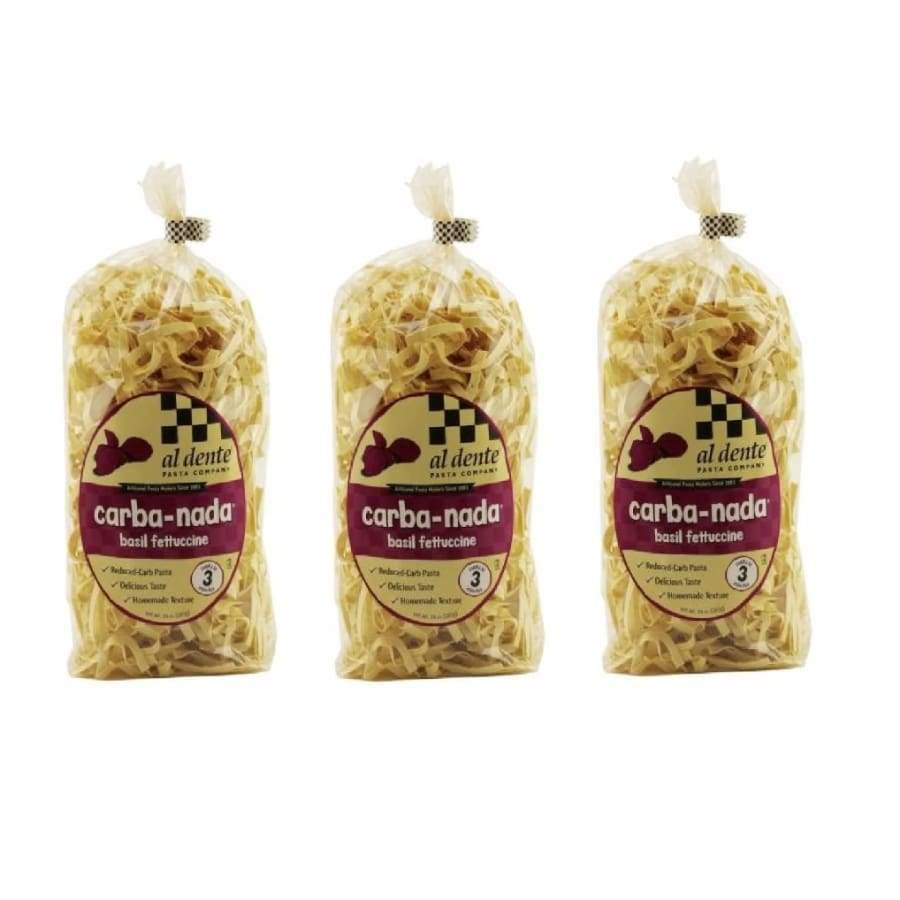
(Let's be real: It's heartbreaking to be served a bowl of pasta like that.) Al dente isn't just used for pasta this descriptor can also be used for vegetables, rice, and other grains. What you're looking to avoid are noodles so soft that they lose all their texture and are on the verge of turning to mush. The pasta shouldn't be hard, but have a tiny amount of resistance when you bite into it. "To the tooth" means there should be a slight bite to your noodle. It's a direction we feel very strongly about at Delish-but what does it really mean? Al dente is Italian for "to the tooth" and, in our humble opinion, is the only way to cook your pasta. Learn to cook al dente and you will be learning a new art form that will change your pasta dishes forever.You've seen it written a hundred times in all of your favorite pasta recipes: "Cook pasta to al dente". When you try cooking commercial pasta, you will notice the al dente process takes place immediately after the white of the pasta center has gone. Use this guide to help you cook any type of pasta in the future! It gives the pasta that breathing space to cook a little extra but remains firm to the bite yet pleasantly chewy.īy cooking al dente, it has been found that pasta has a lower glycemic index than pasta that has been cooked soft. If you need to add pasta to a skillet while it’s still being heated, al dente is the way to go. When mixed with sauces, al dente pasta will easily stand up to it whether it’s a creamy alfredo sauce or a marinara made at home. If so, simply drain the water for the pasta.īy cooking al dente, there is almost no risk of overcooking your pasta or whatever you cook with the method. Once the time is up, just test a piece of pasta to see if it has a slight chewiness to it. If you’re lucky, the packaging may already include al dente cooking time to make it easier for you. Then, set the time for at least three minutes less than the recommended cooking time on the box. Simply pour your noodles, rice, or veggies into slated billing water. To cook al dente, do not cook your pasta for as long as the packaging says so. This happens when a pasta dish needs to be cooked twice so the first round is undercooked on purpose. This will ensure the pasta becomes firm to the bite or “al dente.” If it’s undercooked, the pasta is known as “molto al dente.” Undercooking pasta is not always a bad thing, however. Italian chefs believe that the ideal consistency of pasta can be achieved with just a brief cooking time. We need to consider contemporary Italian cooking when finding out the proper method for al dente foods. Now we know what al dente means, how do we achieve this much-desired texture? Let’s find out. While al dente is often used in pasta recipes, you will often see it as a descriptor for other dishes that include vegetables, rice, and other types of grains. If you have ever forgotten about your boiling pasta and come back to a saucepan of “mush”, then this is what happens when it gets too soft. If your noodles are too soft, they will lose a great deal of texture. In other words, the pasta should have a little resistance as you bite into it. The noodles shouldn’t be hard but also not too soft. So, “to the tooth.” What does this mean? It simply means that there should be a slight bite to your pasta. As with most recipes and dishes, it’s a matter of personal taste.

We believe al dente is the best way to cook pasta but some would argue that it overcooks the pasta.


If you’re a “foodie” or love to cook up a storm in the kitchen, you have probably heard of the term “al dente.” Just look at most pasta recipes and you will see guidelines telling you to “cook the pasta to al dente.” This is all well and good until you come to realize – you don’t know what al dente means! Don’t worry, we are here to clear it up for you.Īl dente is actually Italian for “to the tooth.” And, when it comes to cooking pasta, Italians are arguably the savviest and most knowledgeable.


 0 kommentar(er)
0 kommentar(er)
